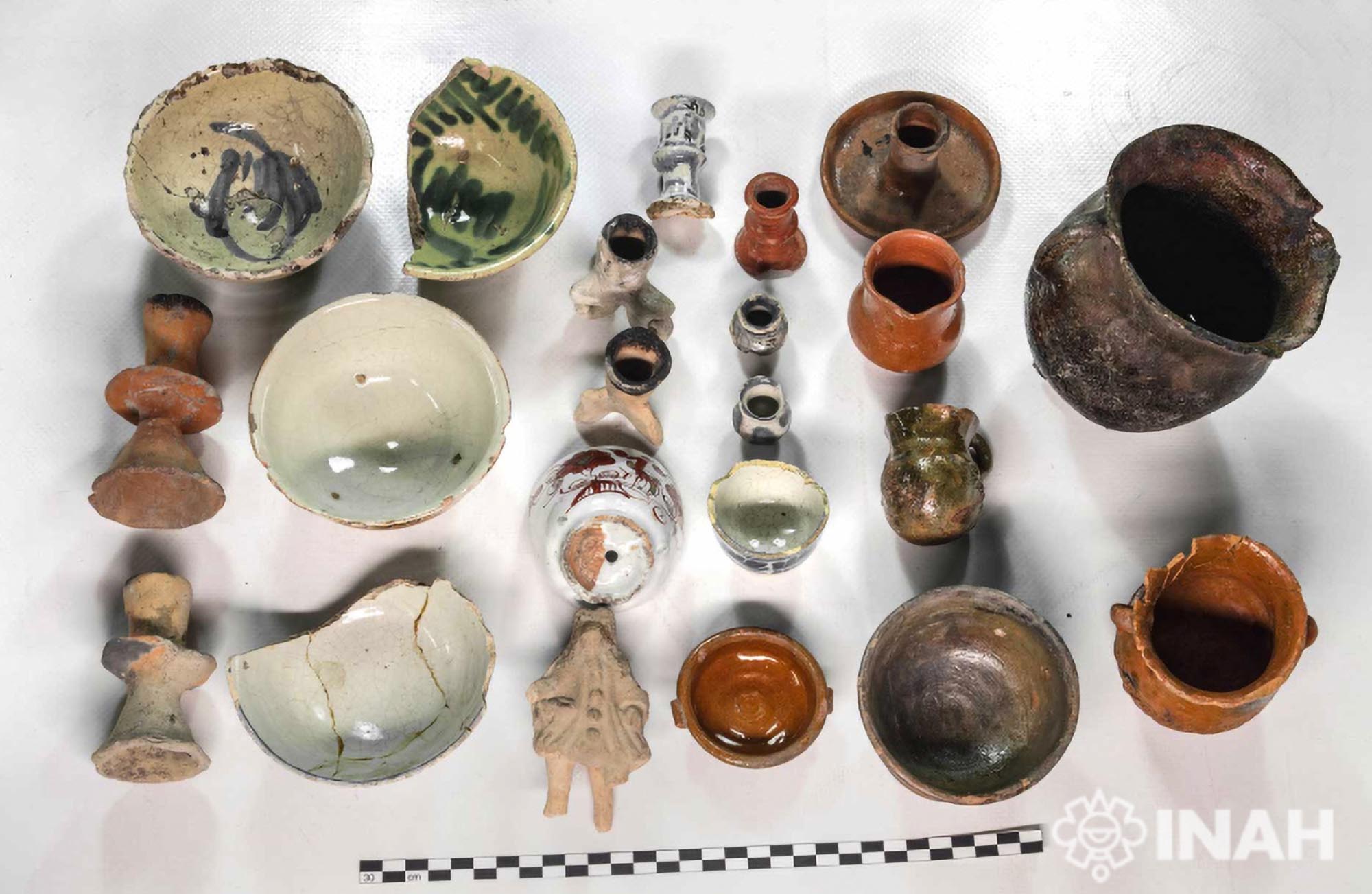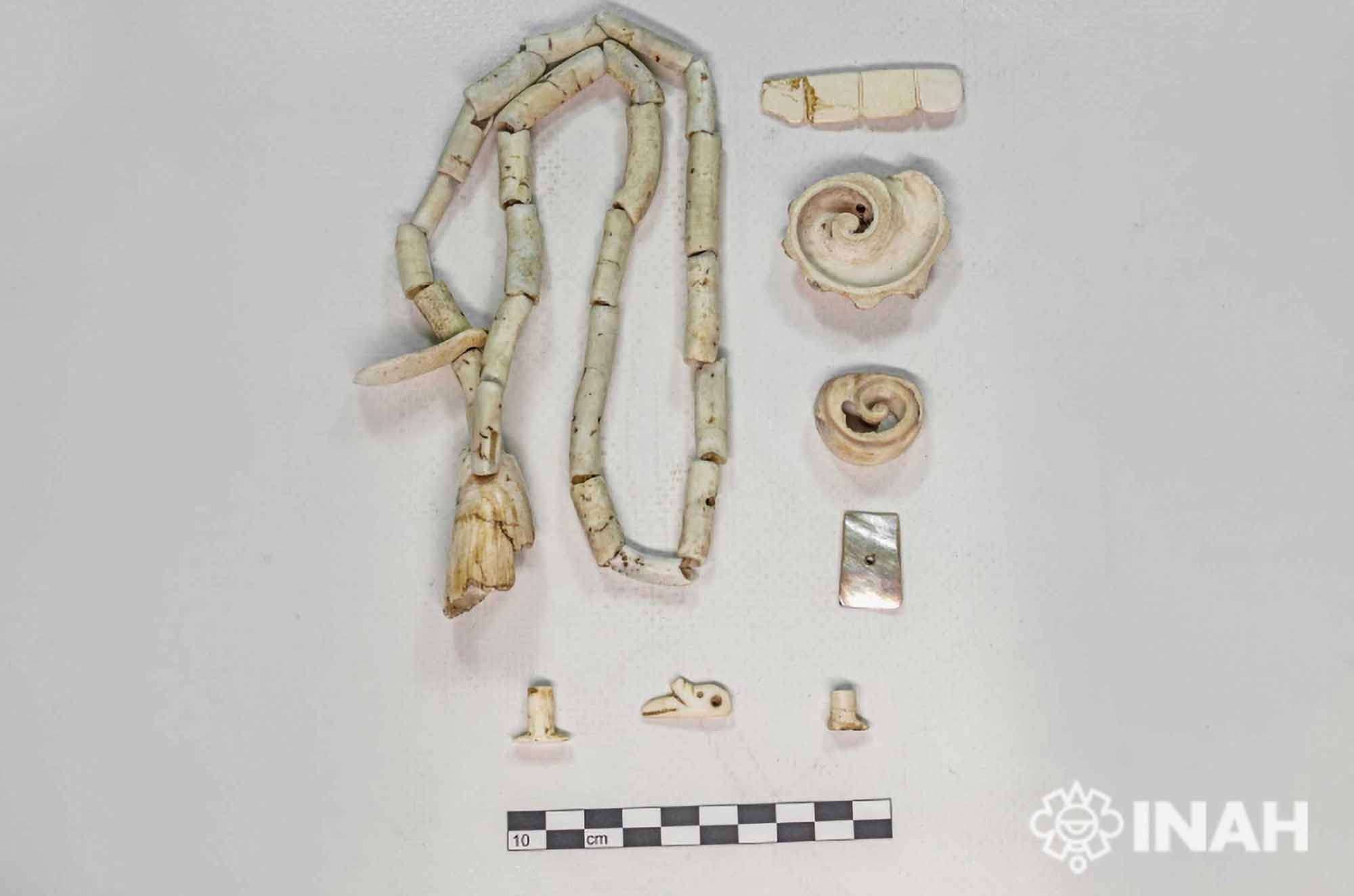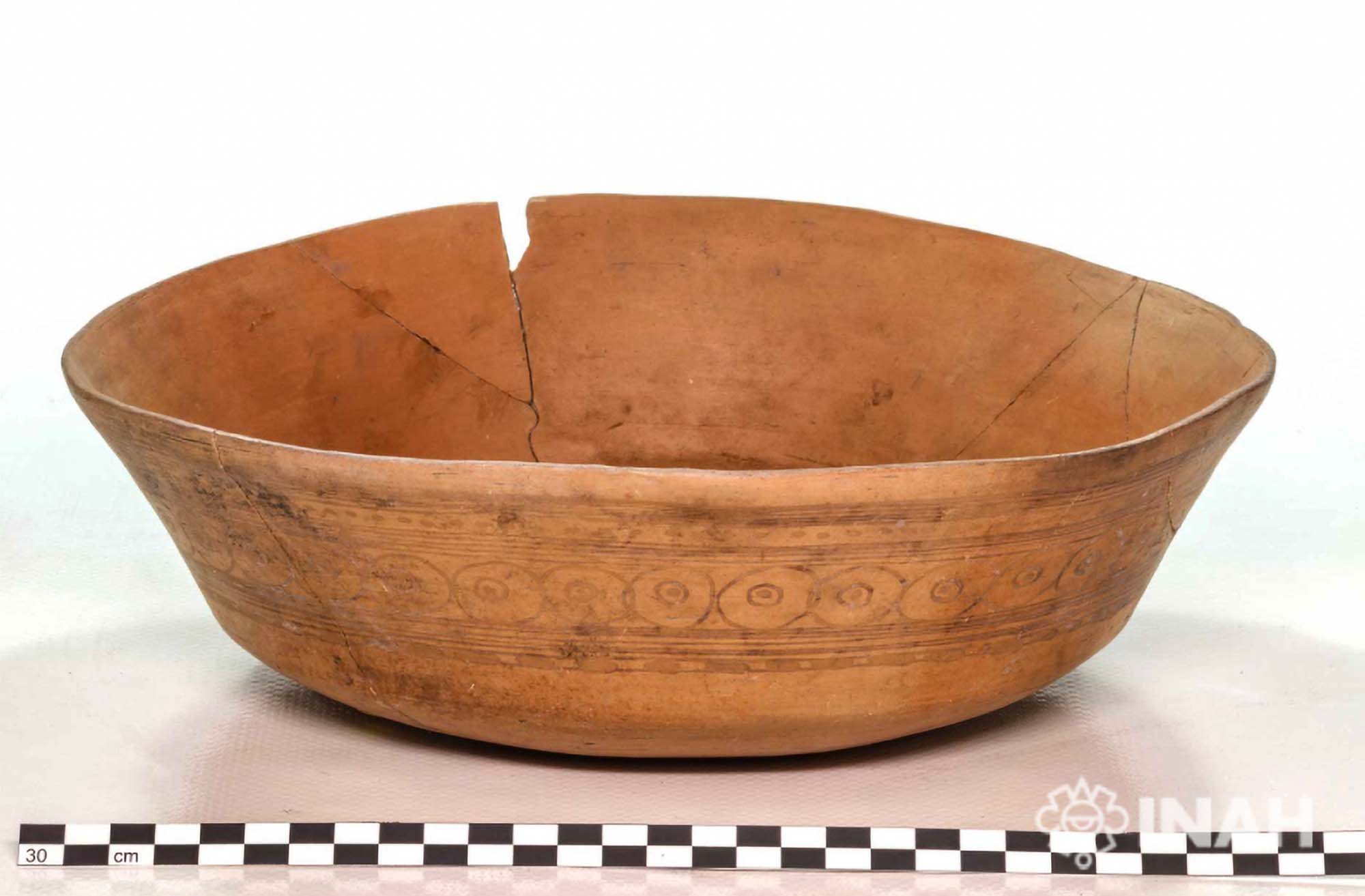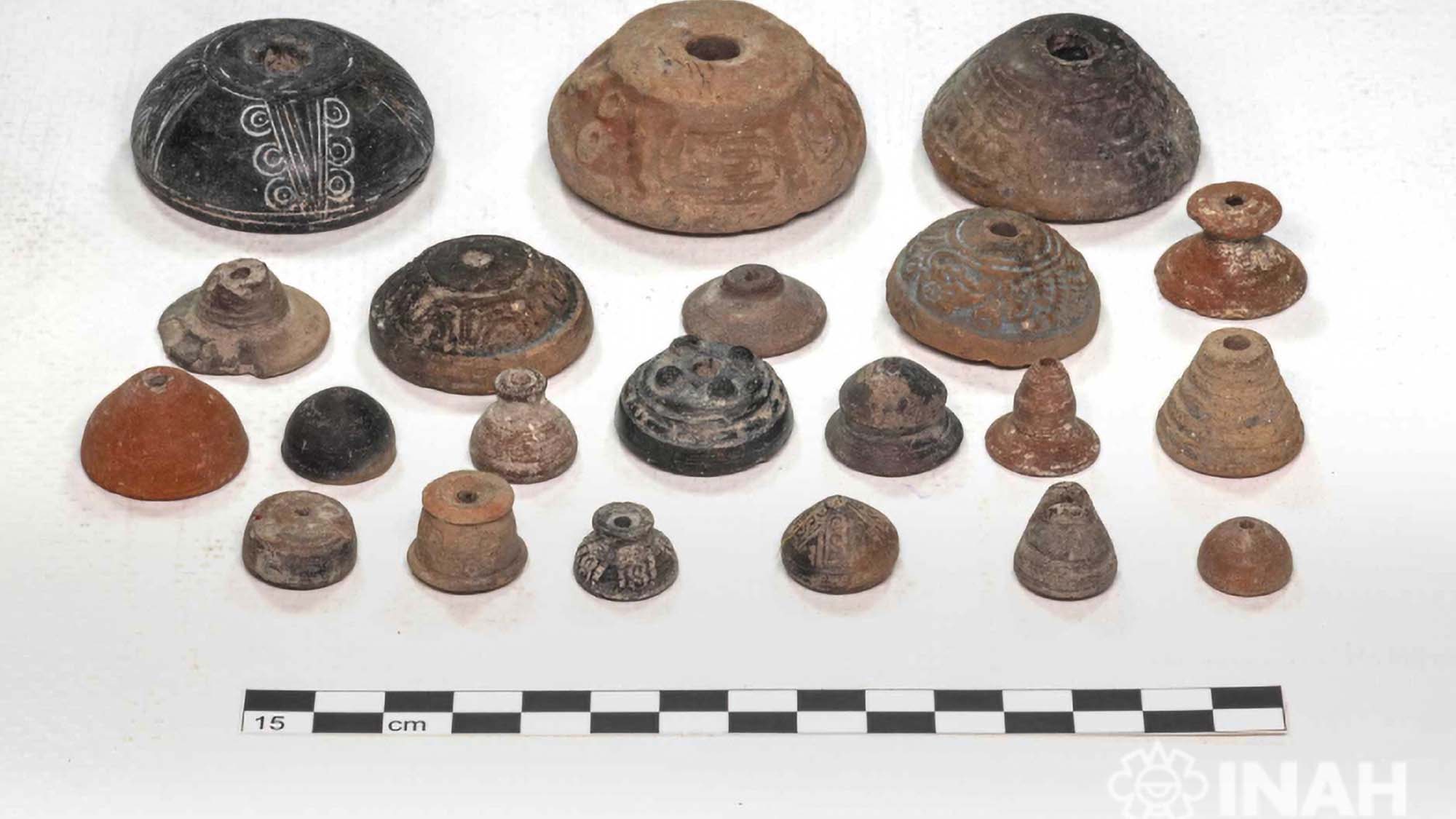Experts tracking a collection of more than 2,000 ancient Mexican treasures have been helped by five-cent coins and a hotel ashtray stashed with them.
Officials from the Mexican National Institute of Anthropology and History (INAH) used the clues to work out when the artefacts left the country, it is reported.

The 2,522 treasures – some dating back thousands of years – were returned to the Mexican government by a Spanish family in 19 boxes.
They include hundreds of ancient pots, cups, candlesticks and jewellery said to have been gathered from the Valley of Mexico. The valley is a highlands plateau in central Mexico which is where Mexico City stands today.
Officials have not released the name of the Spanish family who returned the treasures, but they are said to be from the city of Barcelona, in Spain’s north-eastern Catalonia region.
But experts believe they were trafficked out of the country at some time in the 1960s or 1970s.
The institute said: “Authorities from the Secretaries of Culture and Foreign Relations (SRE), as well as the National Institute of Anthropology and History (INAH), reported the positive results obtained through the #MiPatrimonioNoSeVende campaign, which has allowed the repatriation of 8,970 pieces that were abroad illegally, among them, the voluntary delivery of 2,522 pieces and patrimonial objects returned to Mexico from Barcelona, Spain, and which is considered, until now, the largest amount made to our country.”


The Spanish phrase ‘Mi patrimonio no se vende’ translates into English as ‘My heritage is not for sale’.
The institute added: “During the morning conference of President Andres Manuel Lopez Obrador, the secretary of culture Alejandra Frausto Guerrero, referred to the outrage caused by putting a price on heritage and considering identity as a commodity.
“For this reason, she added that, along with the #MiPatrimonioNoSeVende campaign, diplomatic channels are maintained for the recovery of the pieces, as well as the corresponding complaints through legal channels.”
The institute said of the haul of artefacts: “Although it is mostly made up of Mexica objects from the Late Postclassic period (1200-1521 AD), it also includes elements that date back to the Preclassic (2500 BC-200 AD), to the early Viceregal period and even to more recent times.”
The institute said a handful of five-cent coins and a hotel ashtray allowed them to estimate that the collection left Mexico “between the 1960s and 1970s.”
A selection of the artefacts is set to go on public display on 27th August at the Museo del Templo Mayor in Mexico City.


To find out more about the author, editor or agency that supplied this story – please click below.
Story By: Joseph Golder, Sub-Editor: Marija Stojkoska, Agency: Newsflash
The Ananova page is created by and dedicated to professional, independent freelance journalists. It is a place for us to showcase our work. When our news is sold to our media partners, we will include the link here.




